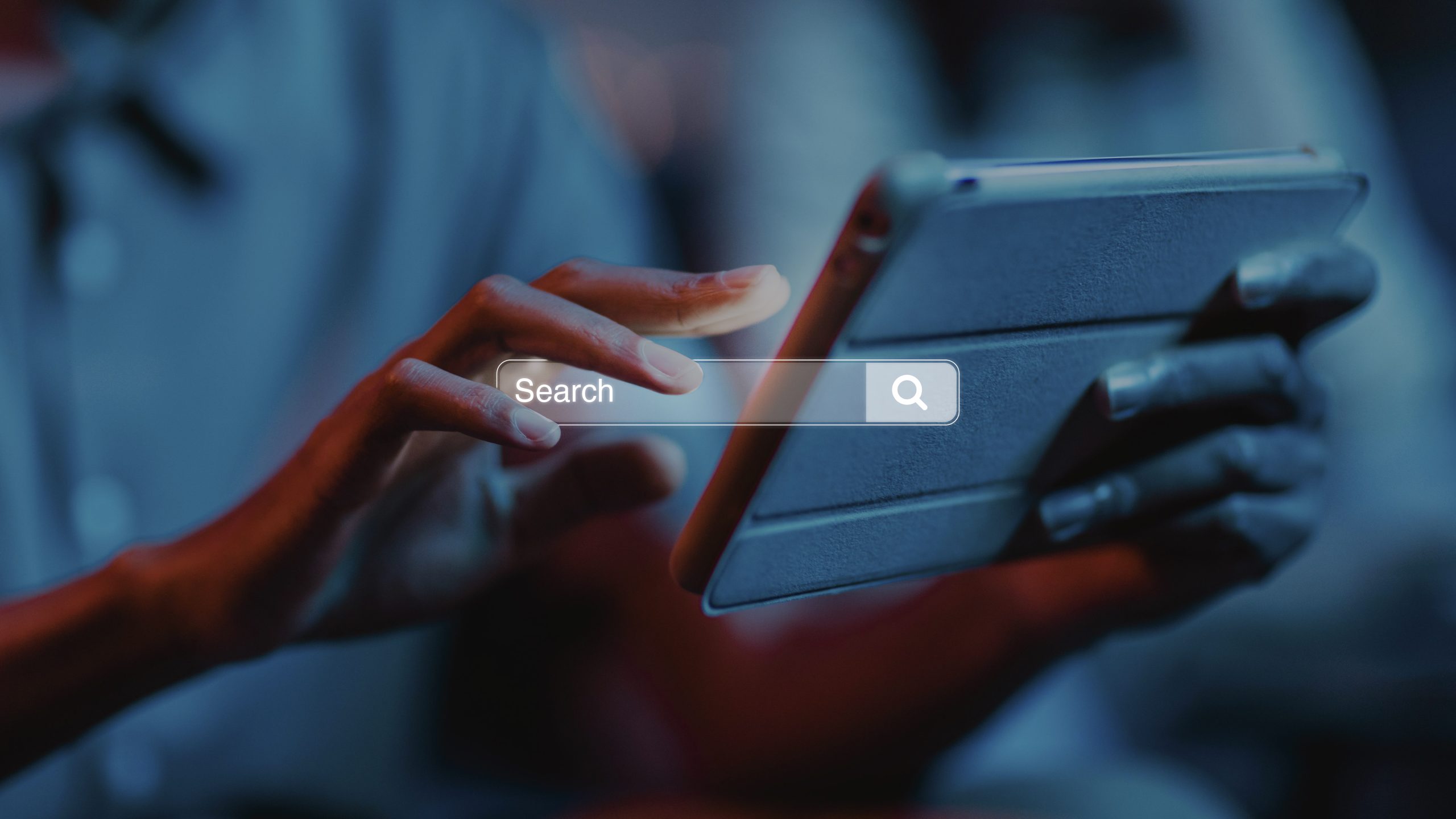In today’s digital age, safeguarding personal data online is paramount to protecting privacy, security, and identity. With cyber threats on the rise, individuals must adopt proactive measures to mitigate risks and ensure internet safety. This essay provides practical tips for protecting personal data online and promoting a secure digital environment.
-
Use Strong, Unique Passwords: Create strong, unique passwords for each online account to prevent unauthorized access and data breaches. Incorporate a combination of uppercase and lowercase letters, numbers, and special characters in your passwords. Consider using a reputable password manager to generate and store complex passwords securely.
-
Enable Two-Factor Authentication (2FA): Enable two-factor authentication (2FA) whenever possible to add an extra layer of security to your online accounts. 2FA requires users to provide a second form of verification, such as a one-time code sent to their mobile device, in addition to their password. This helps prevent unauthorized access even if your password is compromised.
-
Keep Software and Devices Updated: Regularly update your operating system, software applications, and antivirus programs to patch security vulnerabilities and protect against malware, viruses, and other cyber threats. Enable automatic updates whenever possible to ensure that your devices are always equipped with the latest security patches.
-
Be Cautious of Phishing Attempts: Exercise caution when clicking on links or downloading attachments in unsolicited emails, text messages, or social media messages. Phishing attacks often masquerade as legitimate communications to trick users into revealing sensitive information or installing malicious software. Verify the authenticity of messages from unknown senders before taking any action.
-
Limit the Sharing of Personal Information: Be selective about the personal information you share online, especially on social media platforms and public forums. Avoid posting sensitive details such as your full name, address, phone number, or financial information unless absolutely necessary. Review and adjust your privacy settings to control who can access your personal data.
-
Use Secure Wi-Fi Networks: Avoid connecting to public Wi-Fi networks, such as those in cafes, airports, or hotels, for sensitive activities like online banking or shopping. Public Wi-Fi networks are often unsecured, making it easy for hackers to intercept data transmissions and compromise personal information. Use a virtual private network (VPN) when accessing the internet on public networks to encrypt your data and enhance security.
-
Regularly Back Up Your Data: Implement a regular data backup strategy to protect against data loss due to hardware failure, theft, or cyber attacks. Backup your important files, documents, and photos to external hard drives, cloud storage services, or encrypted USB drives. Test your backups periodically to ensure they are functioning correctly and can be restored when needed.
-
Educate Yourself About Online Threats: Stay informed about common online threats, scams, and cyber attack techniques to recognize and avoid potential risks. Educate yourself about phishing, malware, ransomware, identity theft, and other cybersecurity threats. Stay vigilant and skeptical of unsolicited requests for personal information or financial transactions.
Conclusion: Protecting personal data online requires vigilance, awareness, and proactive measures to mitigate risks and safeguard privacy and security. By adopting strong passwords, enabling two-factor authentication, keeping software updated, being cautious of phishing attempts, limiting the sharing of personal information, using secure Wi-Fi networks, regularly backing up data, and staying informed about online threats, individuals can promote internet safety and protect themselves from cyber threats. By prioritizing data protection and practicing safe online habits, we can create a more secure and resilient digital environment for all users.




